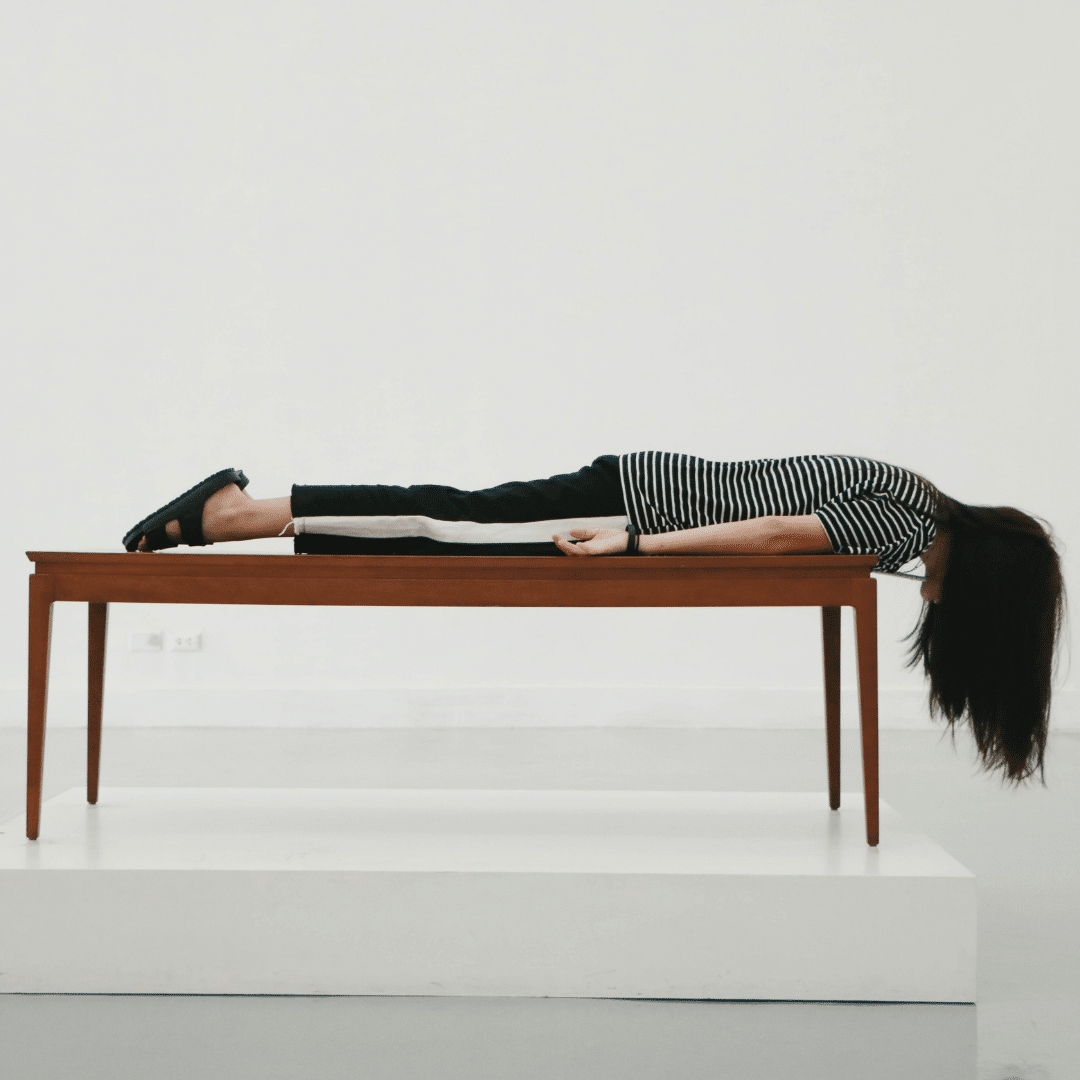
Welcome to MA’s October 2021 Love Letter. We’ve been receiving MA’s monthly love letters from The Melbourne Apothecary since the beginning of 2020. These letters contain links to a variety of life enhancing freebies that our fabulous practitioners are constantly creating to help you cope during COVID and beyond.
The letters are also a fantastic and charismatic resource that share all the goings on within both The MA and Fertile Ground. So we thought we’d best share them with you here so that you can join in and receive the monthly intel from our delightful and ever wisdomous MA. Please enjoy.
Hello my dear,
As I sit here writing to you the gentle rain is tumbling down on my tin roof. My teapot brews beside me and I find myself feeling rather reflective. My 2 young, silky bantam hens are perched in their house, sheltering from the sky and calmly preening their feathers. I watch them out there, simply accepting what is, whilst softly preparing themselves for when the sunshine inevitably bursts through the clouds again, at which point they’ll romp around yet again with adventurous energy. My insightful hens are reminding me that when what can appear like dreary circumstances set in for a while, it’s an opportunity for us to sit into the quiet spots of it and preen our own “feathers”, to prepare ourselves for the imminent shift to the opposite. Everything always changes – it is one of the certainties of life. Suffering and struggle is a feature of lack of acceptance of what is. By accepting what is, I don’t mean rolling over and not doing anything about changing our own circumstances. I mean more allowing a sense of serenity to descend, giving a frayed nervous system the chance to catch up and prepare for the next vault into the unknown.
And so in line with that – let’s preen our feathers shall we?
The 3 things I want to share with you are perfect for helping to bring you back to your centre, to nourish, to unwind, to prepare for the next phase of the beautiful unknowns of life.
#1 is a beautiful article, written by one of the Fertile Ground naturopaths, all about 10 foods to enhance fertility. As luck would have it, it is one of Fertile Ground’s best performing articles of all time (says google analytics). No doubt you might find something on there that tickles your foodie fancy.
#2 is a wonderful learning centre. Fertile Ground practitioners have created so many resources (free and paid ones) over the last 1.5 years of COVID that they’ve had to build a whole learning centre to house it all. You can now go there and download anything and everything to your heart’s content. You’ll find immunity resources, stress relief, meditations, healthy eating guides, movement classes and more.
#3 is a gorgeous online shop. Fertile Ground has been preening their digital feathers over the last few months and have come out with this lovely new online shop featuring all their recommended books, herbal teas, gift vouchers and lovely retail items (like Skintimacy cream and Yantra Botanicals facial oils – oh my goodness these skin care ranges are my favourite and a daily staple! Where would I be without them!!). Word on the grapevine is that there’s a new bespoke organic herbal tea range soon to be launched too, so keep your eyes peeled for that! Take a wander through Fertile Ground’s new online shop wares.
I hope you’re finding space to relax into a sustainable end of year pace darling.
Sending you all my love.
Your MA 💕









